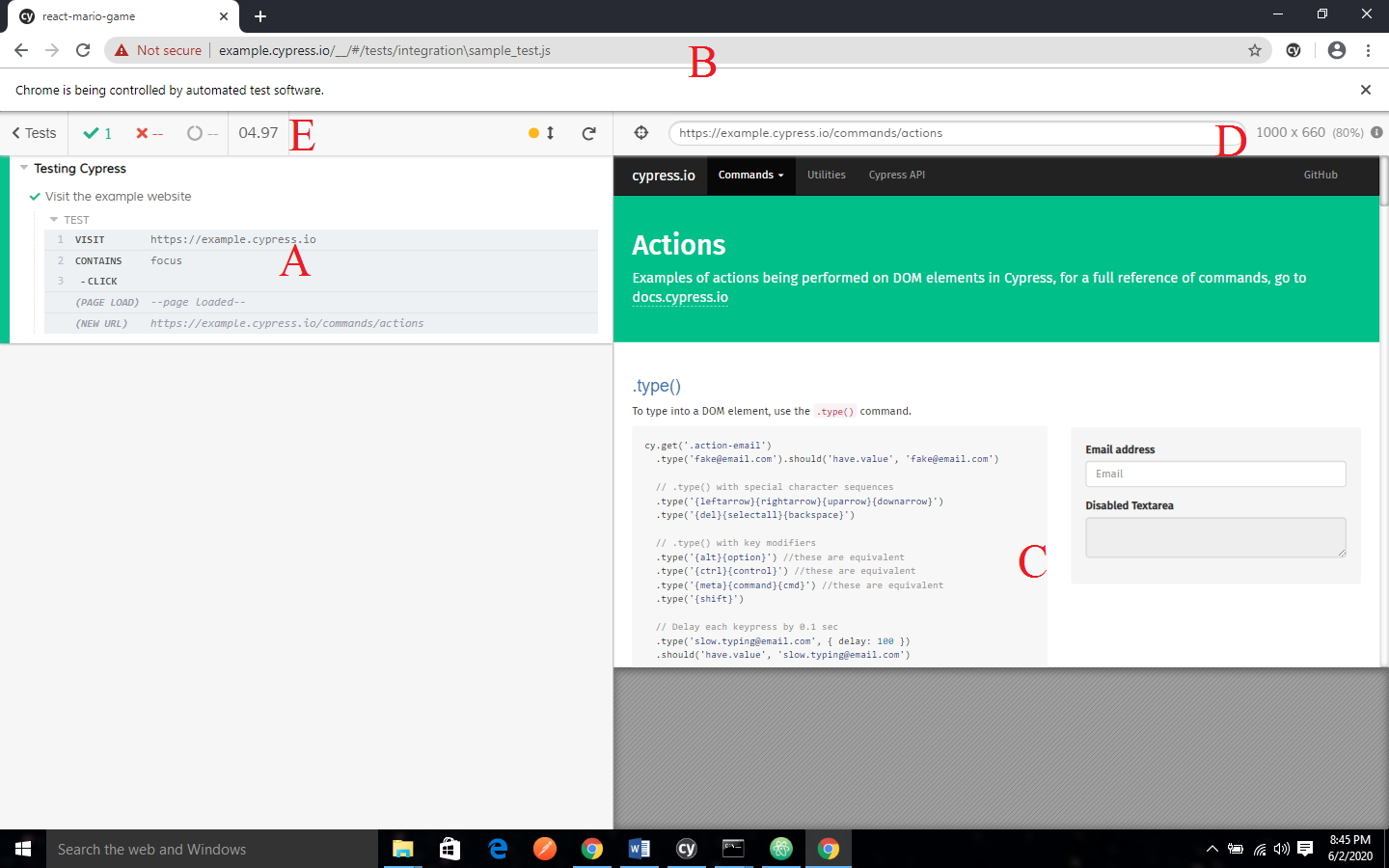I am having an problem in generating html report with HTMLTestRunner. I have created a test suite in a file called TestsSuite.py. Here's the code excerpt: import unittest from LoginTest import Log. A TestRunner for use with the Python unit testing framework. It generates a HTML report to show the result at a glance. The simplest way to use this is to invoke its main method. Import unittest import HTMLTestRunner. Define your tests. If name 'main': HTMLTestRunner.main.

Coverage.py is a tool for measuring code coverage of Python programs. Itmonitors your program, noting which parts of the code have been executed, thenanalyzes the source to identify code that could have been executed but was not.
Coverage measurement is typically used to gauge the effectiveness of tests. Itcan show which parts of your code are being exercised by tests, and which arenot.
The latest version is coverage.py 5.5, released February 28, 2021. It issupported on:
Python versions 2.7, 3.5, 3.6, 3.7, 3.8, 3.9, and 3.10 alpha.
PyPy2 7.3.3 and PyPy3 7.3.3.
For Enterprise¶
Available as part of the Tidelift Subscription.
Coverage and thousands of other packages are working withTidelift to deliver one enterprise subscription that covers all of the opensource you use. If you want the flexibility of open source and the confidenceof commercial-grade software, this is for you. Learn more.
Quick start¶

Getting started is easy:
Install coverage.py:
For more details, see Installation.
Use
coveragerunto run your test suite and gather data. However younormally run your test suite, you can run your test runner under coverage.If your test runner command starts with “python”, just replace the initial“python” with “coverage run”.Instructions for specific test runners:
If you usually use:
then you can run your tests under coverage with:
Many people choose to use the pytest-cov plugin, but for mostpurposes, it is unnecessary.
Change “python” to “coverage run”, so this:
becomes:
Nose has been unmaintained for a long time. You should seriouslyconsider adopting a different test runner.
Change this:
to:
To limit coverage measurement to code in the current directory, and alsofind files that weren’t executed at all, add the
--source=.argument toyour coverage command line.Use
coveragereportto report on the results:For a nicer presentation, use
coveragehtmlto get annotated HTMLlistings detailing missed lines:Then open htmlcov/index.html in your browser, to see areport like this.
Using coverage.py¶
There are a few different ways to use coverage.py. The simplest is thecommand line, which lets you run your program and see the results.If you need more control over how your project is measured, you can use theAPI.
Python Unittest Xmlrunner
Some test runners provide coverage integration to make it easy to usecoverage.py while running tests. For example, pytest has the pytest-covplugin.

You can fine-tune coverage.py’s view of your code by directing it to ignoreparts that you know aren’t interesting. See Specifying source files and Excluding code from coverage.pyfor details.
Getting help¶
Unittest Htmltestrunner
If the FAQ doesn’t answer your question, you can discusscoverage.py or get help using it on the Testing In Python mailing list.
Bug reports are gladly accepted at the GitHub issue tracker.GitHub also hosts the code repository.
Professional support for coverage.py is available as part of the TideliftSubscription.

I can be reached in a number of ways. I’m happy to answer questions aboutusing coverage.py.
